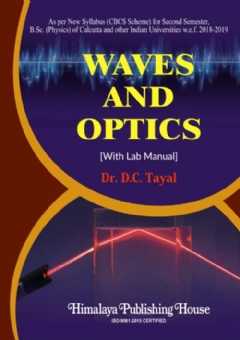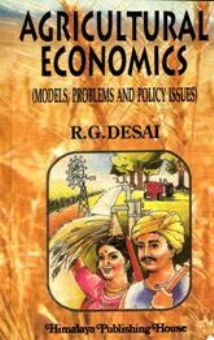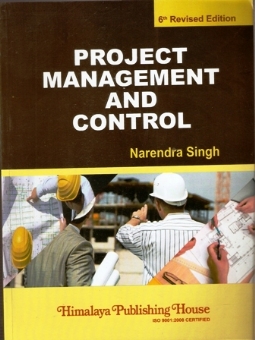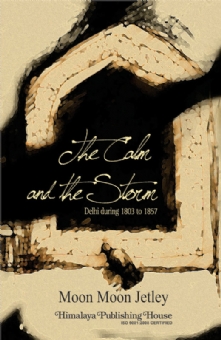This text, Waves and Optics is primarily written as per syllabus (under-CBCS Scheme) for B. Sc. Physics II- semester, Calcutta University. The subject matter has been woven in such a systematic manner that the students may easily be familiar with the concepts of wave and their applications, so as to explain the various phenomena of sound and light.
For the students of Science, it is essential to develop the experimental skill along with the theory, therefore the experiments based on the subject matter of theory and prescribed in the syllabus have been discussed in the third section of the book as – Laboratory Manual.
To check the knowledge & understanding of the subject, a large number of exercises, based on the subject matter, have been placed at the end of each chapter. The multiple choice and short answer types of questions are given at the end of each chapter. The problems & long answer questions are also given for practice purposes.
The first section of the book covers Waves- have been discussed in four chapters. The first chapter deals with the Oscillations- Simple harmonic, damped and forced oscillations along with the concept of resonance. The chapter second contains the Superposition of harmonic oscillations- Principle of superposition, two and N- collinear harmonic oscillations with equal frequencies, different frequencies. A due weight-age is given to Lissajous figures due to superposition of two perpendicular harmonic oscillations. The third chapter consists of Wave Motion –Different types of waves and velocity of transverse vibrations on stretched strings & longitudinal vibrations along the rod and in the fluid in a pipe. The Superposition of harmonic waves are discussed in the fourth chapter, with a detailed study of the standing waves and their applications and the concept of phase and group velocities.
The second section of the text deals with Optics – divided in seven chapters. The first chapter deals with the Wave optics, the second with the Interference, where the coherent sources are obtained by division of wave- front. The third chapter covers the theory of thin plane and wedge shaped films, Newton’s rings and their applications are discussed in details. Michelson’s and Fabry Perot interferometers are described in the fourth chapter. Fraunhofer and Fresnel’s diffractions are discussed in details in the fifth and sixth chapters. Resolving power and applications of Fresnel’s integrals have been given special attention. Holography, the modern technique is described in brief in chapter seventh.
The laboratory manual, the third section of the book consists of all the experiments prescribed in the syllabus. They are given in the systematic manner as to follow while experimentation and recording in the practical note book. More stress is given to tell how to get prepared for the lab and to analysis the data and discuss the results with criticisms.
Contents –
SECTION A : WAVES
1. Oscillations
2. Superposition of Harmonic Oscillations
3. Wave Motion
4. Superposition of Waves
SECTION B : OPTICS
1. Wave Optics
2. Interference (Division of Wavefront)
3. Interference (Division of Amplitude)
4. Interferometers
5. Fraunhofer Diffraction
6. Fresnel Diffraction
7. Holography and Coherence
PRACTICAL : LAB MANUAL
1. Frequency of a Tuning Fork
2. Dispersion of Light
3. Interference of Light
4. Diffraction of Light
Family Business: Indian Success Stories
Annexure I
A List of Oldest Family Business in the World







